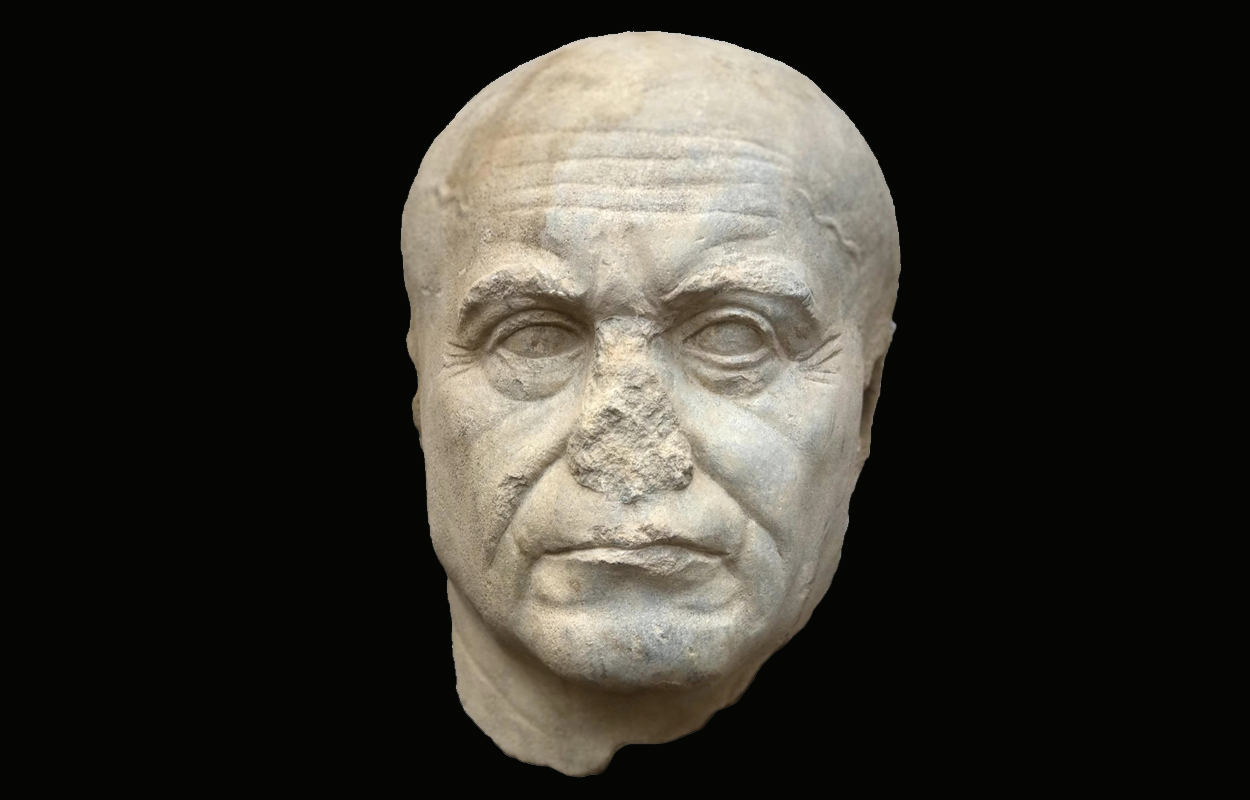A French archaeological mission, led by Dr. Joachim Le Bomin from the University of Lyon and the French Institute of Oriental Archaeology in Cairo, has unearthed a large marble head during excavations at Taposiris Magna.
Taposiris Magna was founded by Pharaoh Ptolemy II Philadelphus between 280 and 270 BC in present-day Alexandria Governorate, Egypt.
Taposiris Magna was designed with a square-shaped enclosure centred around a grand temple dedicated to the god Osiris, from which the city’s Greek name, Taposiris Magna, is derived—originating from the ancient Egyptian words Pr-Wsir, meaning “House of Osiris.”
The marble head dates from the Ptolemaic period and was found within the ruins of a 7th century dwelling. According to experts, it depicts an elderly man and once belonged to a colossal statue likely housed in a grand public building.
Measuring approximately 38 cm’s in height, the head exhibits realistic facial features intricately carved in a style typical of the late Hellenistic period.
Dr. Joachim Le Bomin noted that the team is currently investigating why the head was discovered in a house that predates it by approximately 700 years. Further studies are underway to determine the identity of the depicted individual.
This recent discovery follows on from another statue head found in late 2024 that experts believe may depict Cleopatra VII, in addition to a necropolis with 20 catacombs, and traces of a Greek temple from the 4th century BC.
Header Image Credit : Ministry of Tourism and Antiquities
Sources : Ministry of Tourism and Antiquities





